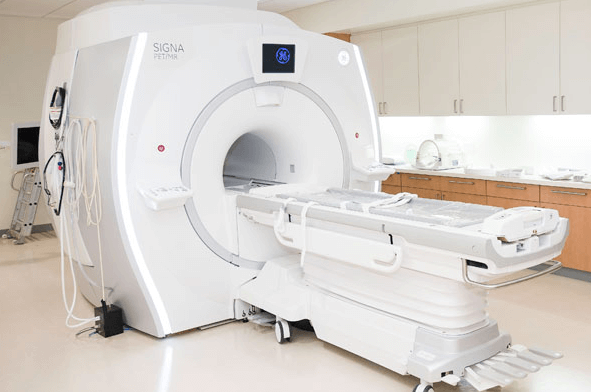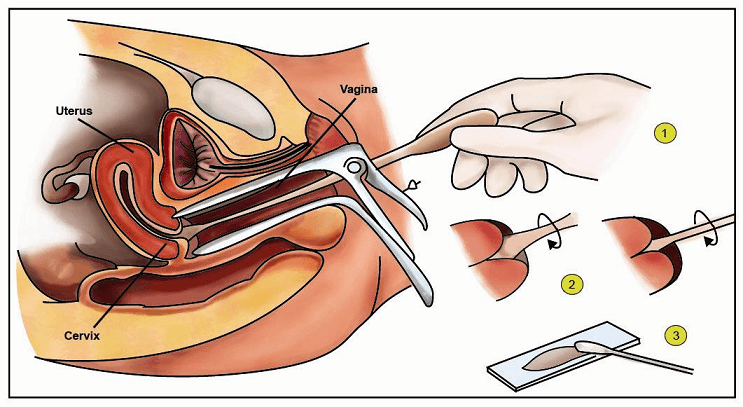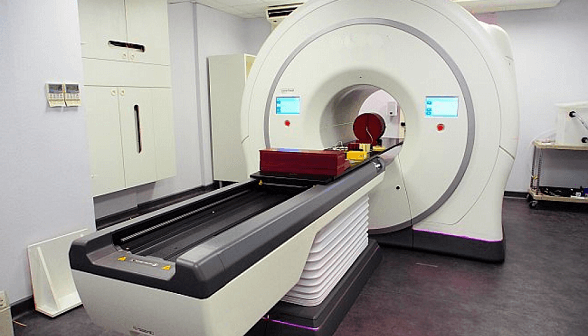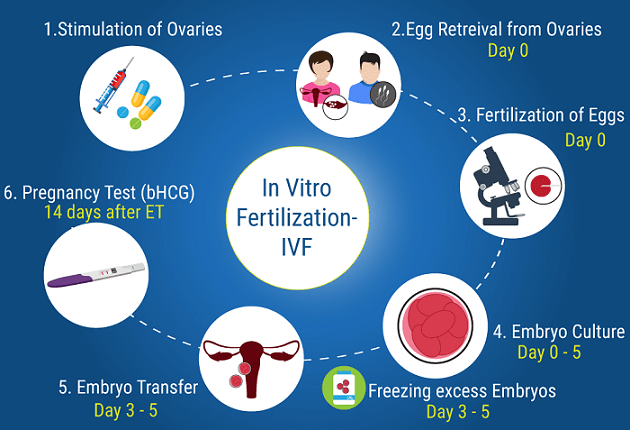Infertility is one challenge that many marriages are experiencing all over the world. Getting pregnant can be quite difficult for people with reproductive disorders. The fallopian tubes, uterus, and ovaries must all be in good condition for a woman to get pregnant.
An HSG test helps to figure out if the woman’s reproductive system is in proper condition. How much does an HSG Test cost in Nigeria? We will discuss this and several other issues in this post. Let’s dive straight in.
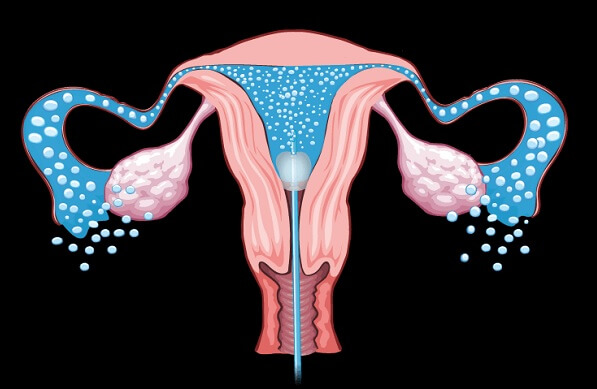
HSG Test Explained
Before we discuss the cost of an HSG Test, we would like to first explain what this test is. HSG is an abbreviation for Hysterosalpingogram. This test is a procedure that helps to view the condition of the uterus and fallopian tubes via an x-ray. It determines whether the fallopian tubes have a partial or full blockage and whether the uterus has the right shape.
An HSG test is one of the first carried out when trying to determine the reasons behind a woman’s inability to get pregnant. Women that have experienced miscarriages (one or more) should also take this test.
Cost of HSG Test in Nigeria
Great, you now know what an HSG Test is. The next aspect of our discussion is the cost of an HSG Test in Nigeria. Usually, this test costs between N20,000 and N40,000. The cost of the test depends on two main factors including:
- Your location
- The hospital or diagnostic centre where you carry out the test.
We suggest that you should only work with reputable hospitals or diagnostic centres. Ensure that they have adequate pieces of equipment and well-trained hands for the procedure. Doing this ensures that you get the best diagnosis possible.
If you reside in Lagos, for example, we suggest that you visit the teaching hospital. You can also visit renowned fertility clinics such as Bridge and Nordica. On the other hand, if you are in Benin, then you can go to the University of Benin Teaching Hospital, St. Bridget, Raytouch, Union Diagnostics, or Lily Hospital.
We have added a few private hospitals and diagnostic centres to our list. They are more expensive than government-owned establishments. However, most people believe that they offer better services.
Preparing for HSG Test
Before you even visit a clinic or diagnostic centre to take an HSG Test, you must first speak to your doctor. It is your doctor that recommends whether you should take the test or not. In some cases, you may need to visit a diagnostic centre or hospital to speak to a specialist about infertility issues. Such a doctor will advise you on what to do and how to prepare for the test.
There are certain allergies that you must inform your doctor about before taking this test. Some of them include allergies to:
- Betadine
- Iodine
- Novocaine
- Any other allergy to drugs or medical chemicals.
Informing your doctor of your allergies helps them to make the test to be as safe as possible. The doctors will give you an anti-inflammatory medication about an hour before the test. This medication will reduce any possible discomfort during the test. The discomfort might result from heavy cramping which occurs when the doctor inserts the catheter.
When the procedure is done, you might experience some spotting. This is why you should go along with a sanitary pad so that you don’t get stained.
Explained the HSG Test Procedure
How is the test carried out? What do you do during this test? How should you conduct yourself during the test? If you have these questions on your mind, then we have some answers for you in this section.
The first thing to know is that you will need to lie on a table beneath an x-ray imager or fluoroscope. While lying down, you have to hold your legs apart and bend your knees. The gynaecologist inserts a speculum inside your vagina to hold it open. After doing this, they clean your cervix using a swab to lower the risk of infection during the test.
The gynaecologist inserts a cannula (thin tube) into the vagina and fills your uterus with a liquid that contains iodine. This fluid passes through both the uterus and fallopian tubes provided they are open. You are likely to experience pain if the tubes are blocked. Once you experience such pain, you should immediately inform the doctor.
After the processes above, the doctor removes the speculum and takes images of both the fallopian tubes and uterus. The doctor takes the pictures using a fluoroscope. You will need to hold your breath for about a second during this process. Also, you will need to switch positions a few times so that the doctor can capture better images showing the outline of the fallopian tubes and uterus. Again, ensure that you inform the doctor once you feel any discomfort.
After the procedure, the doctor takes out the cannula and lifts the x-ray machine. You should wear sanitary pads for some days after the test because your uterus will be expelling the iodine solution during this period. Also, you may experience cramps and vaginal bleeding as well as dizziness after the procedure. However, they should subside very quickly so aren’t causes for concern.
Risks Associated with an HSG Test
There is no medical procedure that doesn’t have associated risks. HSG Test is quite safe and doesn’t pose any serious risks. Notwithstanding, you might face serious issues if you are allergic to the dye used in carrying out the test. Below is a list of the possible risks that are associated with an HSG Test.
- Fever
- Heavy vaginal bleeding
- Injury to the uterus
- Vomiting
- Intense abdominal cramping or pain
- Fainting
- Pelvic infection
Conclusion
Once you are done with the test, the radiologist examines the results and sends feedback to your doctor. The doctor then explains the findings to you and advises on the next step. Note that you may need to undergo surgery if your fallopian tubes are blocked.
